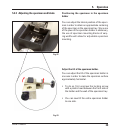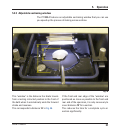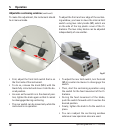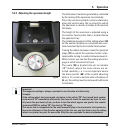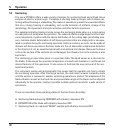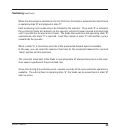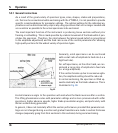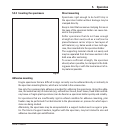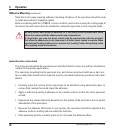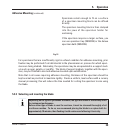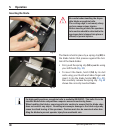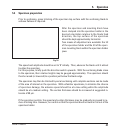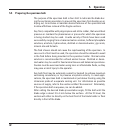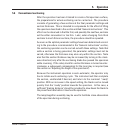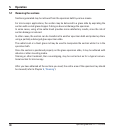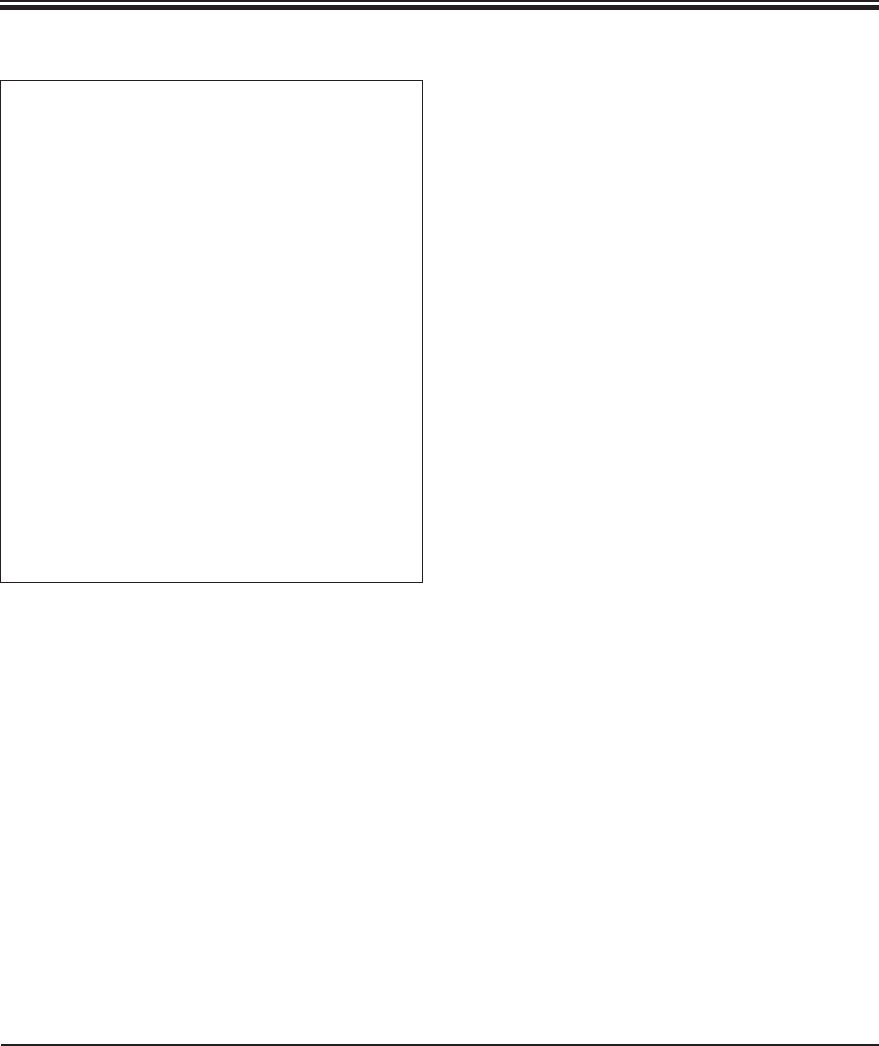
37
Leica VT1000 A
5. Operation
Direct mounting
Specimens rigid enough to be held firmly in
the specimen holder without damage may be
clamped directly.
Keep in mind that excessive clamping forces on
the jaws of the specimen holder can cause ten-
sion in the specimen.
Softer specimens that do not have enough
strength on their own (such as a leaf) can be
placed between carrier strips or two layers of
soft material, e.g. balsa wood or low melt aga-
rose, then inserted into the specimen holder.
The supporting material should cut easily and
may be separated from the tissue section in the
bath area after sectioning.
To ensure sufficient strength, the specimen
should, where possible, be clamped in the hold-
ing jaws directly or with the least amount of in-
lay material possible.
5.3.2 Inserting the specimens
Adhesive mounting
Fragile specimens that are difficult to align correctly can be adhered directly or indirectly to
the specimen mounting blocks, which are included in the accessories.
Use only the cyanoacrylate adhesive provided for adhering the specimens. Using this adhe-
sive, the widest variety of materials (e.g. unfixed liver tissue, heart tissue, fixed brain and kid-
ney tissue or fragile plant specimens) can be fixed on a specimen holder quickly and reliably.
For specimens that are insufficiently rigid in unfixed condition for adhesive mounting, prior
fixation may be performed if not detrimental to the phenomenon or process for which speci-
mens are being studied.
Alternately, the specimens may be encapsulated in a support medium such as agar or gela-
tin. The block of support medium, together with the specimen, may be trimmed to size and
adhesive mounted upon solidification.
Fig. 50



